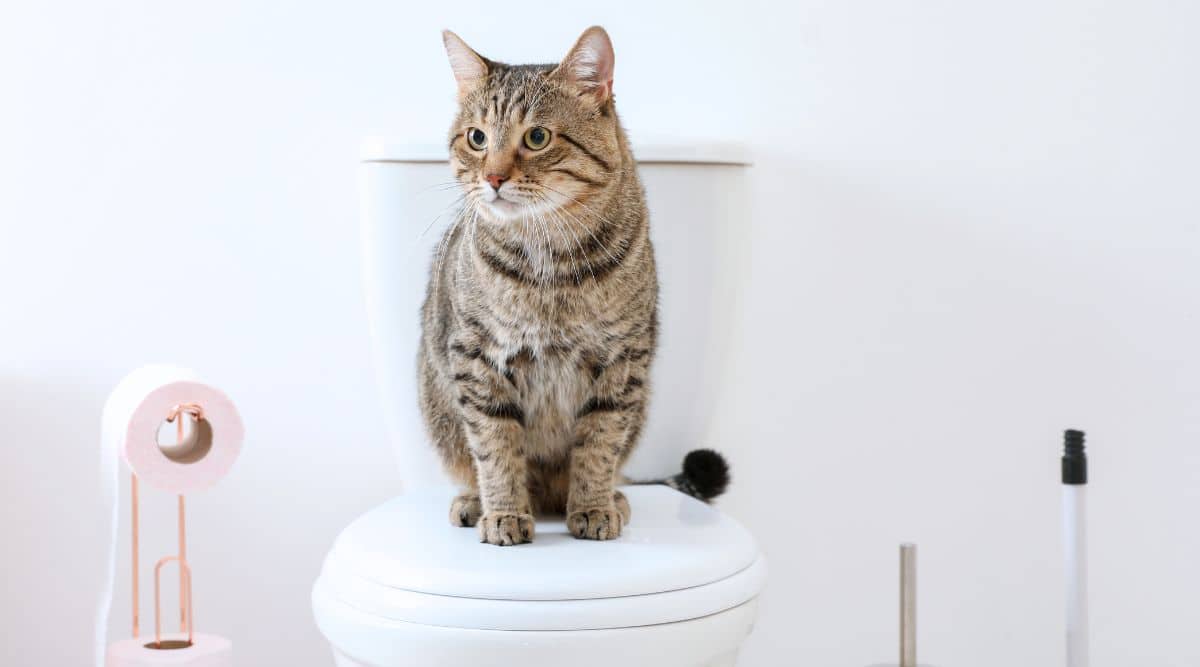Here in the next paragraph you'll find a lot of really good help and advice in relation to How to Dispose of Cat Poop and Litter Without Plastic Bags.

Intro
As cat proprietors, it's vital to bear in mind just how we dispose of our feline good friends' waste. While it might seem convenient to purge feline poop down the toilet, this practice can have destructive effects for both the atmosphere and human health.
Alternatives to Flushing
The good news is, there are much safer and a lot more responsible means to deal with feline poop. Consider the following alternatives:
1. Scoop and Dispose in Trash
One of the most usual approach of disposing of cat poop is to scoop it right into a naturally degradable bag and throw it in the garbage. Make certain to utilize a specialized trash inside story and get rid of the waste quickly.
2. Use Biodegradable Litter
Go with naturally degradable feline trash made from products such as corn or wheat. These clutters are environmentally friendly and can be securely taken care of in the garbage.
3. Bury in the Yard
If you have a lawn, take into consideration burying cat waste in an assigned location away from vegetable yards and water resources. Be sure to dig deep sufficient to stop contamination of groundwater.
4. Install a Pet Waste Disposal System
Purchase a pet dog waste disposal system especially developed for pet cat waste. These systems utilize enzymes to break down the waste, lowering smell and environmental effect.
Health Risks
In addition to environmental worries, purging cat waste can additionally pose health and wellness dangers to human beings. Cat feces may include Toxoplasma gondii, a bloodsucker that can trigger toxoplasmosis-- a possibly extreme ailment, particularly for expectant females and people with weakened immune systems.
Environmental Impact
Flushing cat poop introduces damaging microorganisms and bloodsuckers right into the water, posturing a considerable danger to water environments. These pollutants can adversely affect marine life and compromise water high quality.
Final thought
Responsible animal ownership prolongs beyond offering food and shelter-- it also involves proper waste management. By avoiding purging feline poop down the bathroom and choosing alternative disposal techniques, we can lessen our environmental footprint and protect human wellness.
Why Can’t I Flush Cat Poop?
It Spreads a Parasite
Cats are frequently infected with a parasite called toxoplasma gondii. The parasite causes an infection called toxoplasmosis. It is usually harmless to cats. The parasite only uses cat poop as a host for its eggs. Otherwise, the cat’s immune system usually keeps the infection at low enough levels to maintain its own health. But it does not stop the develop of eggs. These eggs are tiny and surprisingly tough. They may survive for a year before they begin to grow. But that’s the problem.
Our wastewater system is not designed to deal with toxoplasmosis eggs. Instead, most eggs will flush from your toilet into sewers and wastewater management plants. After the sewage is treated for many other harmful things in it, it is typically released into local rivers, lakes, or oceans. Here, the toxoplasmosis eggs can find new hosts, including starfish, crabs, otters, and many other wildlife. For many, this is a significant risk to their health. Toxoplasmosis can also end up infecting water sources that are important for agriculture, which means our deer, pigs, and sheep can get infected too.
Is There Risk to Humans?
There can be a risk to human life from flushing cat poop down the toilet. If you do so, the parasites from your cat’s poop can end up in shellfish, game animals, or livestock. If this meat is then served raw or undercooked, the people who eat it can get sick.
In fact, according to the CDC, 40 million people in the United States are infected with toxoplasma gondii. They get it from exposure to infected seafood, or from some kind of cat poop contamination, like drinking from a stream that is contaminated or touching anything that has come into contact with cat poop. That includes just cleaning a cat litter box.
Most people who get infected with these parasites will not develop any symptoms. However, for pregnant women or for those with compromised immune systems, the parasite can cause severe health problems.
How to Handle Cat Poop
The best way to handle cat poop is actually to clean the box more often. The eggs that the parasite sheds will not become active until one to five days after the cat poops. That means that if you clean daily, you’re much less likely to come into direct contact with infectious eggs.
That said, always dispose of cat poop in the garbage and not down the toilet. Wash your hands before and after you clean the litter box, and bring the bag of poop right outside to your garbage bins.
https://trenchlesssolutionsusa.com/why-cant-i-flush-cat-poop/

Do you appreciate more info about How to Dispose of Cat Poop and Litter Without Plastic Bags? Put a comment below. We'd be glad to find out your ideas about this entry. We are looking forward that you come back again before long. Sharing is caring. Who knows, you may very well be doing someone a favor. I cherish reading our article about How to Dispose of Cat Poop and Litter Without Plastic Bags.
Get A Free Quote